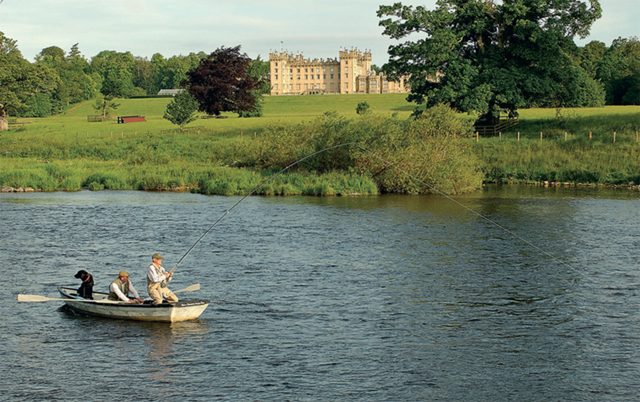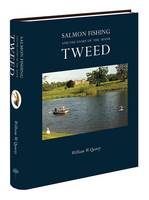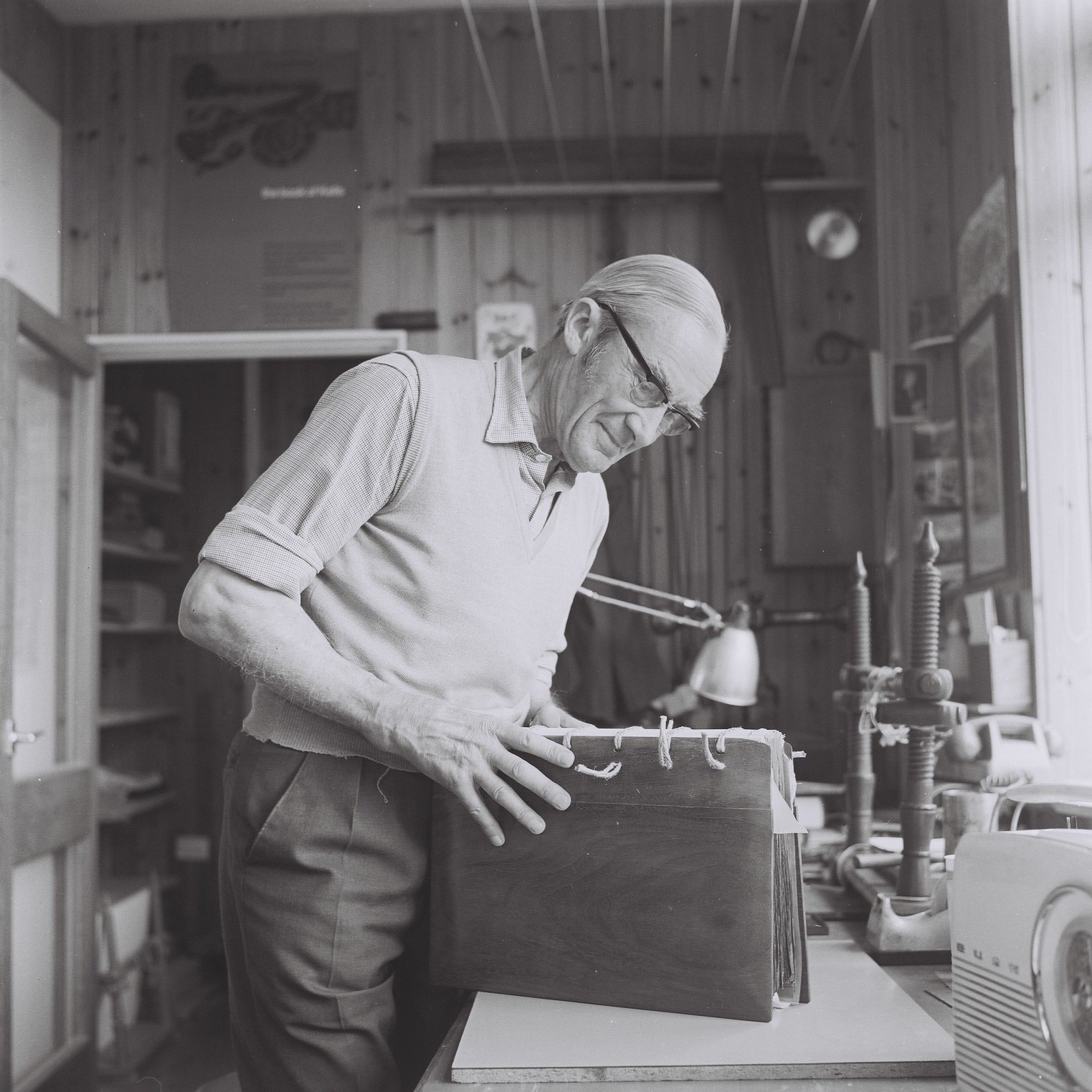Salmon Fishing and the Story of the River Tweed
A new fishing book records the history and sport along the salmon runs on the famed River Tweed


Salmon Fishing and the Story of the River Tweed William W. Quarry (Medlar Press, £55 *£50 at the Country Life Bookshop)
Arguably the greatest salmon system in Europe, the River Tweed (always just ‘Tweed’ to aficionados) is practically 98 miles long and flows through fabled borderlands steeped in lore and rilled with blood—small wonder it has attracted authors, from Scott to Buchan, and piscatorial zealots, such as that effervescent Victorian William Scrope.

But it has been many years since an entire volume was devoted to its liquid history and, now, William Quarry’s compendious book has admirably risen to the challenge. Tipping the scales at over 5lb avoirdupois—the same as a decent summer grilse—this impressively researched study provides a detailed context for the centuries of sport this river has furnished, with chapters on natural history as well as the human dimension to the area. We are introduced to St Boswell chanting psalms in mid-stream, auld Michael Scott the wizard, the border reivers and the textile industry (tweed, the cloth, has no connection with the river; it was a mistranscription of ‘tweel’).
I have fished these waters since 1969 and yet learned much from the book, not least from its informative records concerning fluctuating runs of fish. It’s currently a back-end river and some 2,000 salmon are reckoned to enter it every day of the autumn. The total value of fishing to the local economy is an estimated £20 million annually.
With hydraulic vigour, Mr Quarry evokes the experiences of different seasons on Tweedside, tracing the evolution of techniques that include poaching methods and ‘burning the water’ (spearing at night by flaming torchlight); the second half of his book provides a handy gazetteer of the 121 different beats on the main river and its tributaries and the entire work is handsomely illustrated with photographs.
Fishing books that stand the test of time aren’t just about waterproofed chaps standing in the stream waving expensive sticks— local colour is crucial for snagging the reader’s attention and there’s plenty here in the chapter on ‘Tweed Boatmen’ (never gillies, even if they are boatless).
These clannish characters range from the legendary Rob o’ The Trowes, a pioneering professional on Makerstoun water, to more recent mavericks such as the late Bert McElrath of Sprouston, with whom I enjoyed many an aprèspêche dram; once, a Portugese angler severed his thumb on a rowlock, but Bert forbade him medical assistance: ‘Ye’ve got nine guid fingers left and ye’ll fush doon the rest of the pool.’ And they did.
Sign up for the Country Life Newsletter
Exquisite houses, the beauty of Nature, and how to get the most from your life, straight to your inbox.
** Read more book reviews from Country Life
Country Life is unlike any other magazine: the only glossy weekly on the newsstand and the only magazine that has been guest-edited by HRH The King not once, but twice. It is a celebration of modern rural life and all its diverse joys and pleasures — that was first published in Queen Victoria's Diamond Jubilee year. Our eclectic mixture of witty and informative content — from the most up-to-date property news and commentary and a coveted glimpse inside some of the UK's best houses and gardens, to gardening, the arts and interior design, written by experts in their field — still cannot be found in print or online, anywhere else.
-
 What's a 'wellness village' and will it tempt you back into the office?
What's a 'wellness village' and will it tempt you back into the office?The team behind London's first mixed-use ‘wellness village’ says it has the magic formula for tempting workers back into offices.
By Annunciata Elwes
-
 'To exist in this world relies on the hands of others': Roger Powell and modern British bookbinding
'To exist in this world relies on the hands of others': Roger Powell and modern British bookbindingAn exhibition on the legendary bookbinder Roger Powell reveals not only his great skill, but serves to reconnect us with the joy, power and importance of real craftsmanship.
By Hussein Kesvani